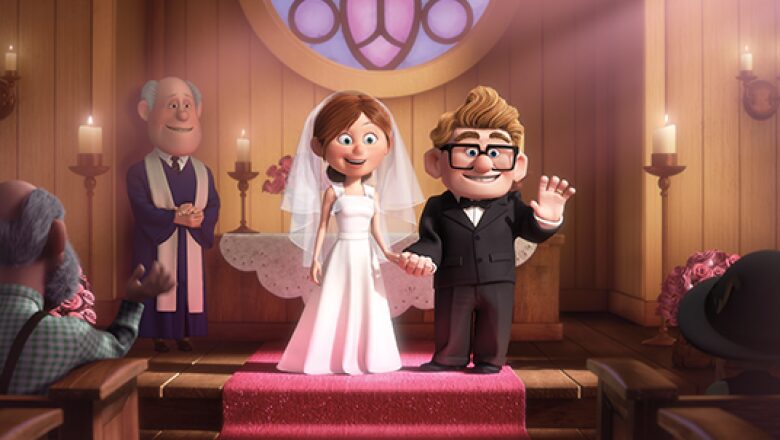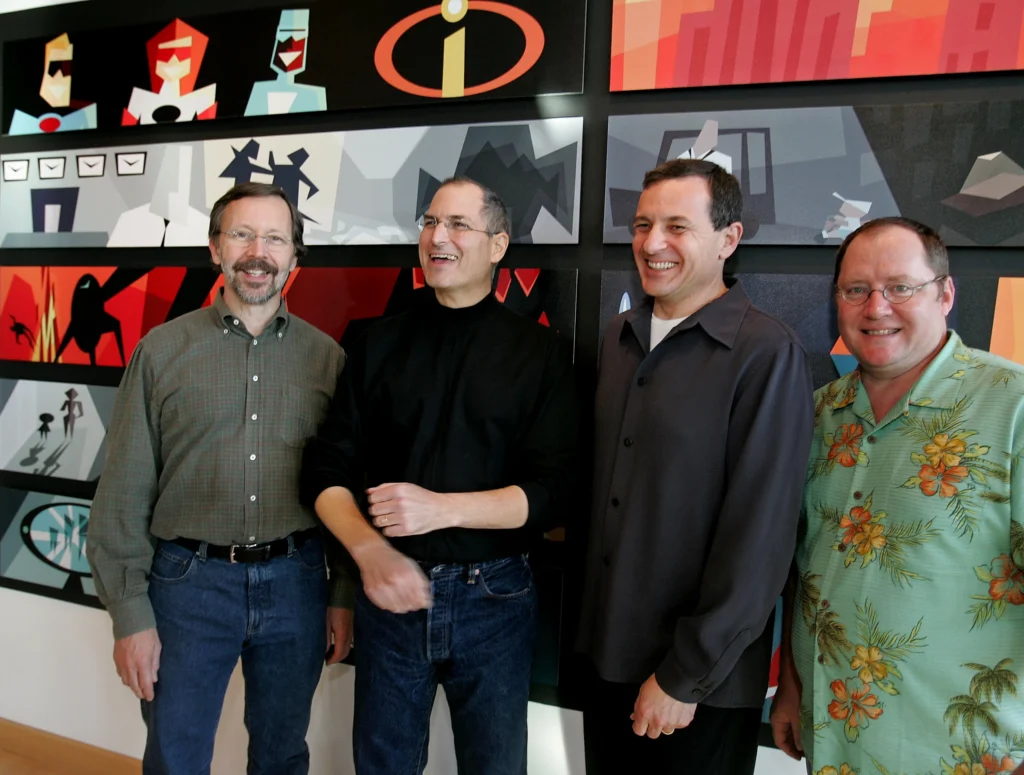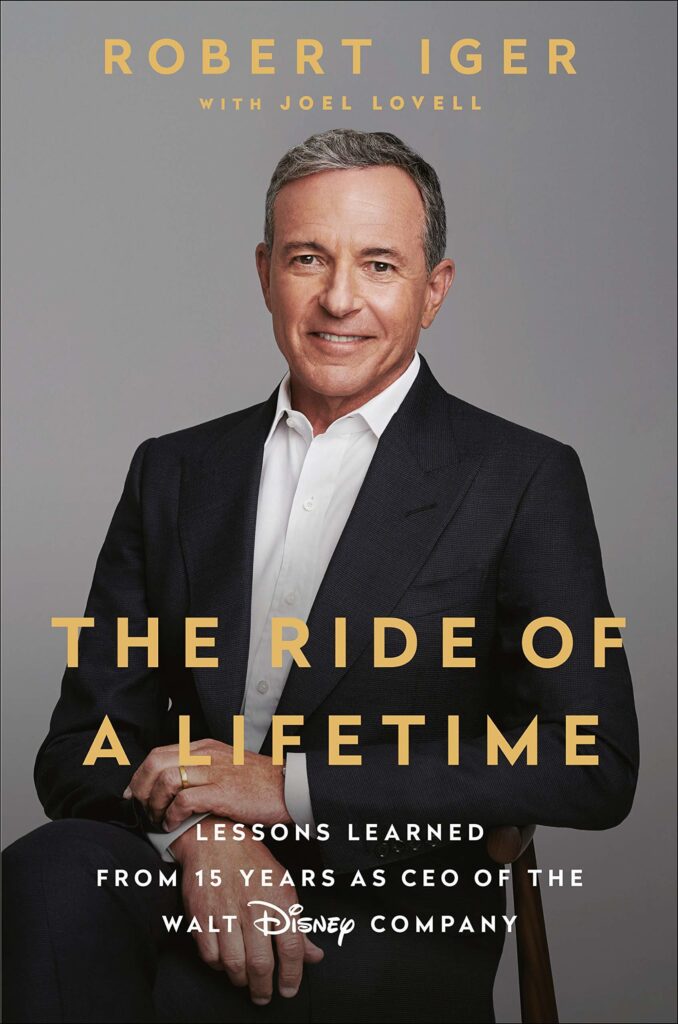3 Apr | Written By Hailey Ng

In 2006, Disney, with its rich history in 2D animation, found itself at a crossroads: to innovate or risk falling behind. Pixar, on the other hand, was riding the wave of success with its cutting-edge animation and creative storytelling, but performed poorly in expanding its reach. Recognising a mutually beneficial match, Walt Disney Co. acquired Pixar in 2006 for $7.4 billion. Disney could rejuvenate its animation department with fresh creativity, and Pixar could benefit from Disney’s vast resources and distribution network, giving Pixar an advantage in the market over rivals such as Lucasfilm, DreamWorks etc. A win-win. Despite investor concerns about potential cultural clashes, this acquisition set the stage for a groundbreaking era in animation.
Mergers and acquisitions (M&A) are like marriages in the corporate world. And just like in any good marriage, compatibility, understanding, and effective communication are the bedrock of success. But here’s the kicker: while financials and assets are often scrutinised down to the last cent, the softer elements — organisational culture and the way it’s being communicated within it — can sometimes be overlooked. Yet, these are often where the seeds of success or failure are sown. In this post, we’ll explore why organisational culture is a make-or-break factor in M&As and how honing in on effective communication can seal the deal on success.
Determining cultural similarities and differences and finding a common ground to build on
The most successful mergers are those that approach cultural integration with the same rigour as they would for financial and legal elements. Culture in M&A is like the DNA of an organisation – invisible yet defining. If done correctly, there should be no problem in the collaboration between the two companies. However, if done incorrectly, the merger could be detrimental to the company’s overall advancement.
In most mergers, the dominant force emerges, and there is an assumption in the corporate world that you need to integrate swiftly. But in Disney-Pixar’s case, it was quite the opposite. Bob Iger, Disney’s CEO at the time, understood what made the acquisition valuable. Pixar’s exceptional company culture was a significant part of their success. They put their people first, focused on a purpose that makes people feel proud, and encouraged self-expression and diversity of thought. To realise the deal’s full potential, Pixar’s unique culture needed to be preserved.
A line that Iger repeated multiple times during his negotiations with Pixar’s leadership, including Steve Jobs, John Lasseter, and Edwin Catmull, was: “It doesn’t make any sense for us to buy you for what you are and then turn you into something else.”

Source: Fortune
Iger’s philosophy was clear; he believed that integration should be patient and respectful. So, rather than hastily meshing the two entities and imposing Disney’s traditional corporate culture, Disney allowed Pixar to preserve its creative environment, giving Pixar’s talent room to breathe and create.
Key lessons from the Disney-Pixar marriage that made the integration and growth strategy successful
1. Choosing the Right Leaders
A critical choice to get right is who to select for leadership positions, as it signals to employees whether elements of their legacy organisation’s culture and values will endure. The strategic appointment of Edwin Catmull as President of Walt Disney and Pixar Animation Studios, and John Lasseter as Chief Creative Officer of both entities sent a powerful message to all employees that the unique attributes that made Pixar successful would be preserved and become integral to Disney’s animation future.
2. Articulating Values and Priorities Consistently
In an interview with The Quarterly, Catmull emphasised the importance of cultural succession. He stressed that it is crucial for the next levels of leadership to deeply understand the actual values of the organisation for these to be effectively passed on. He illustrated this point by reflecting on Walt Disney’s influence and how, after Walt’s death, the company initially struggled because those who followed did not fully grasp how he thought or the values driving his innovations. This lapse, according to Catmull, led to a period where the essence of what made Disney remarkable was lost, until it was reintroduced with the Pixar merger.
As Iger, who shares the same view as Catmull, shared in his seminal book The Ride of a Lifetime:

“A company’s culture is shaped by a lot of things, but this is one of the most important — you have to convey your priorities clearly and repeatedly.
If leaders don’t articulate their priorities clearly, then the people around them don’t know what their own priorities should be. Time and energy and capital get wasted. People in your organization suffer unnecessary anxiety because they don’t know what they should be focused on. Inefficiency sets in, frustration builds up, morale sinks.
[…] this kind of messaging is fairly simple: this is where we want to be. This is how we’re going to get there. Once those things are laid out simply, so many decisions become easier to make, and the overall anxiety of an entire organization is lowered.”
— Bob Iger
In times of uncertainty and change, senses are heightened. Failing to manage cultural messages effectively induces unnecessary fear and disrupts productivity. With an alignment in values and direction during the early stages of the deal, Iger and Catmull actively and consistently modelled those values as integration began and beyond. Upon the acquisition, Catmull dedicated two months simply observing and listening to the workforce without preemptive judgments. This approach was a deliberate strategy to understand employee anxieties and identify underlying potentials and challenges. By doing so, it allowed leadership to make informed decisions, building trust and respect throughout the organisation.
3. Building and Maintaining Trust
In the Disney-Pixar acquisition agreement, Disney made a long list of promises.
Understandably, trust doesn’t come easily. Companies could promise one thing before a merger and then do another once the deal is done. But Disney, a company built on creating fairytales and fulfilling dreams, wasn’t about to tarnish its legacy — or Pixar’s — by breaking promises. Disney’s commitment to maintaining Pixar’s unique culture and identity was not merely lip service. Whether it was allowing Pixar employees to retain their original email addresses or forgoing the imposition of new employment contracts, Disney’s every move was a testament to its respect for Pixar’s identity and its own promises.
Catmull reflected on this commitment, saying, “We’ve never had to go back and look at it. Everything they’ve said they would do, they have lived up to.” In a single sentence, Catmull encapsulated the essence of what made the Disney-Pixar merger exemplary. Disney’s respect for Pixar’s identity kept their key talents motivated and engaged, proving that sometimes, the best way to move fast is to take it slow.
Conclusion
Fast forward 18 years later, Walt Disney Animation has seen some of the highest-grossing films of all time. Experts in the animation scene widely acknowledge the Disney-Pixar merger as a success story, unlocking unique value that neither company could achieve alone. The Disney-Pixar acquisition beautifully illustrates the importance of strategic cultural integration and effective communication in M&A success. By prioritising these elements, the merger not only succeeded but also set a new benchmark for how companies can unite to achieve greater creative and commercial success.
Leave a Reply